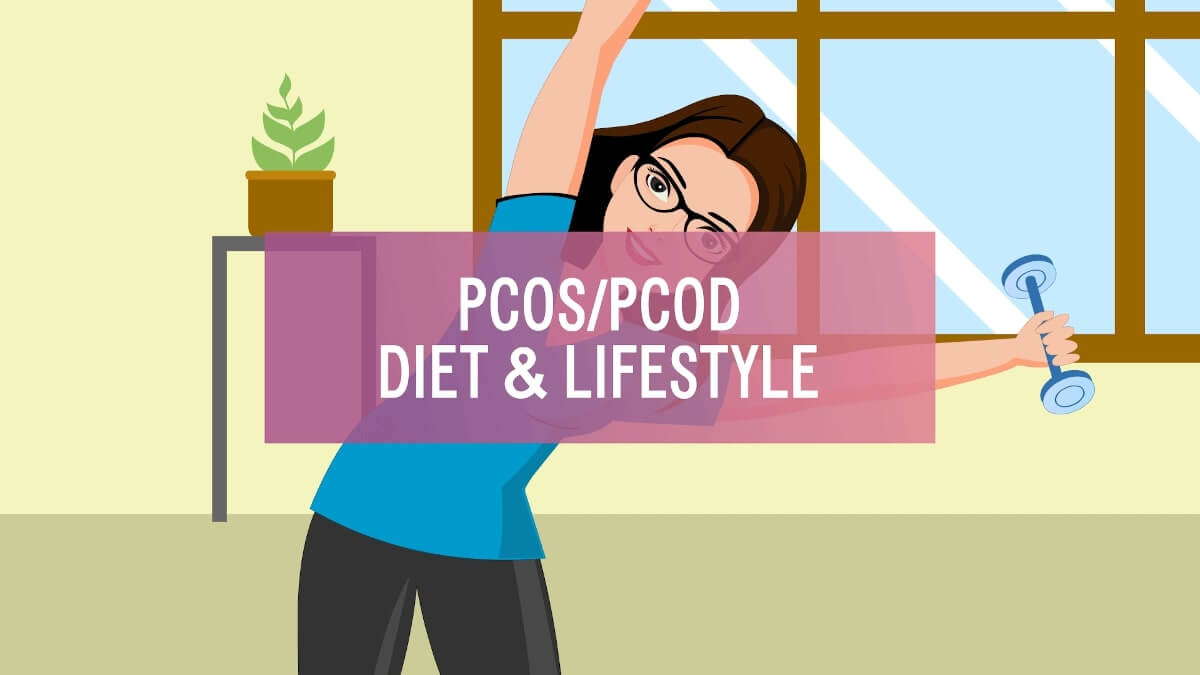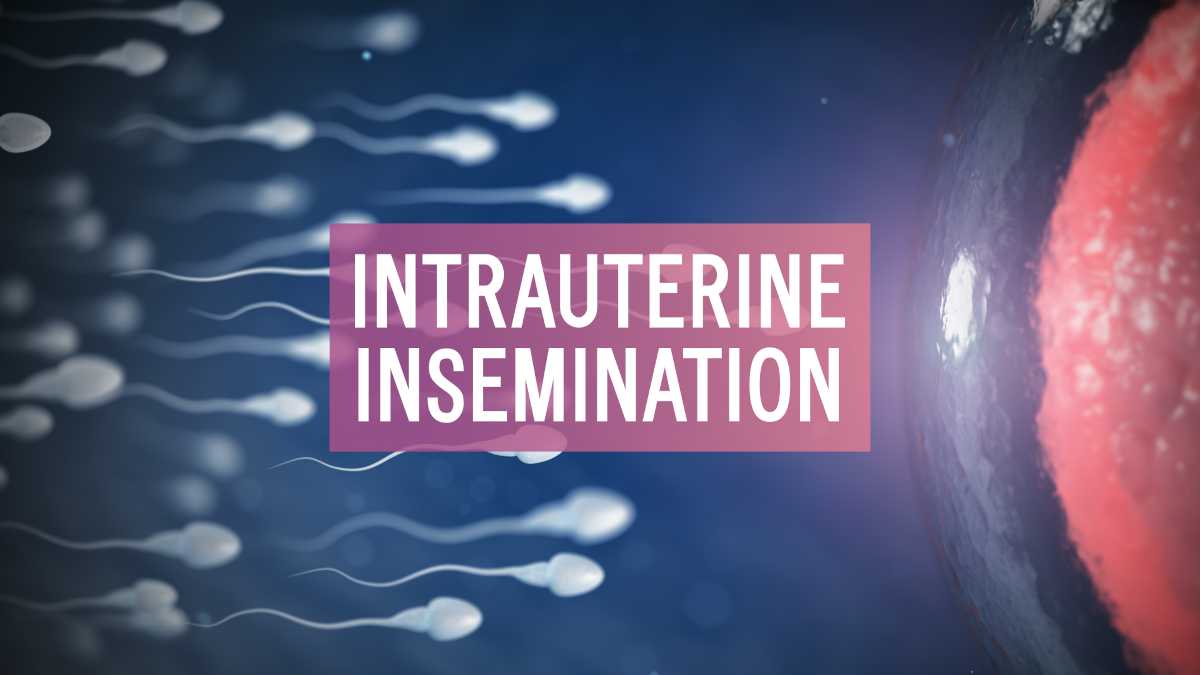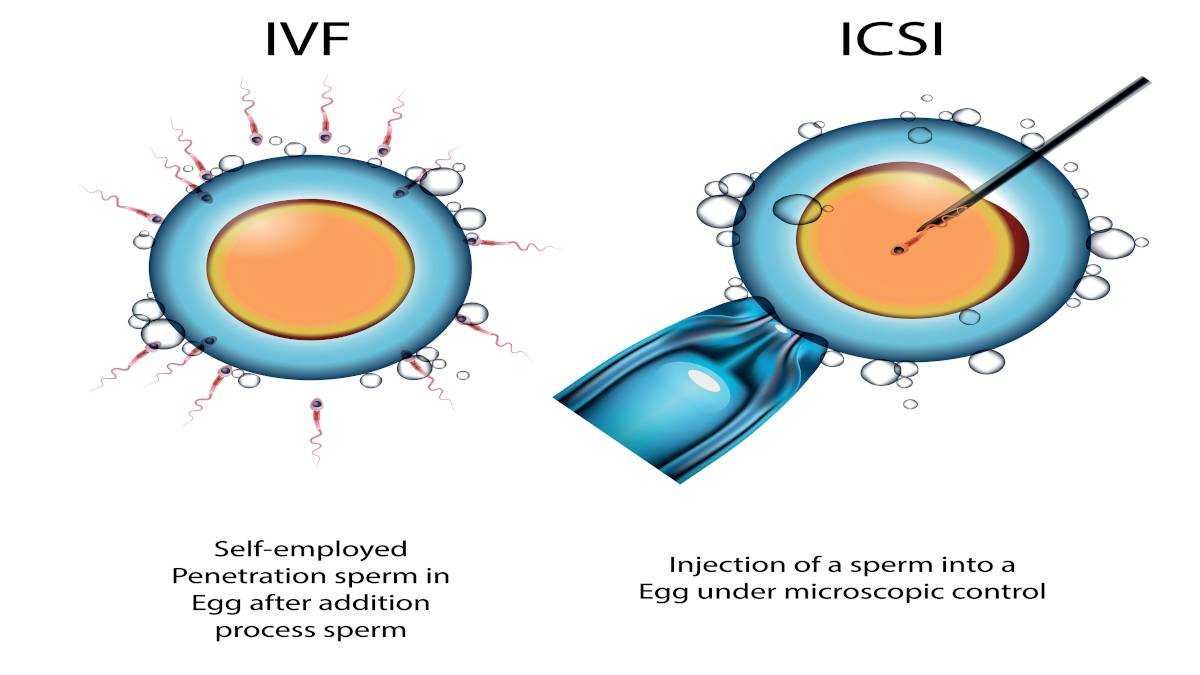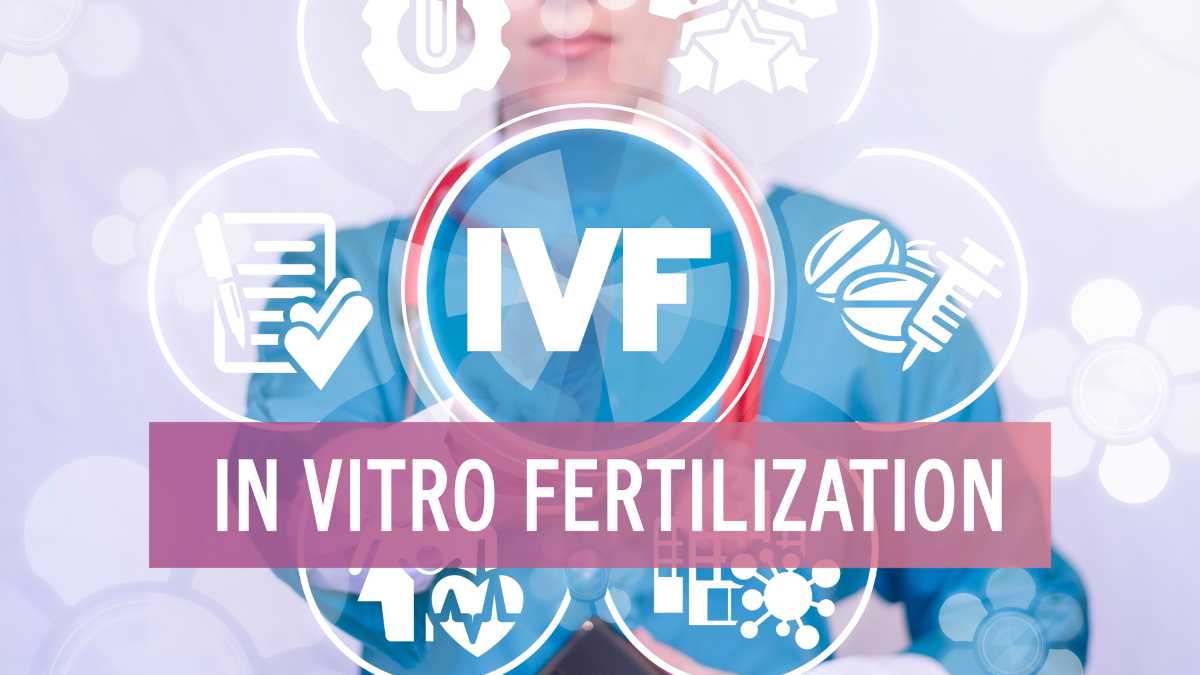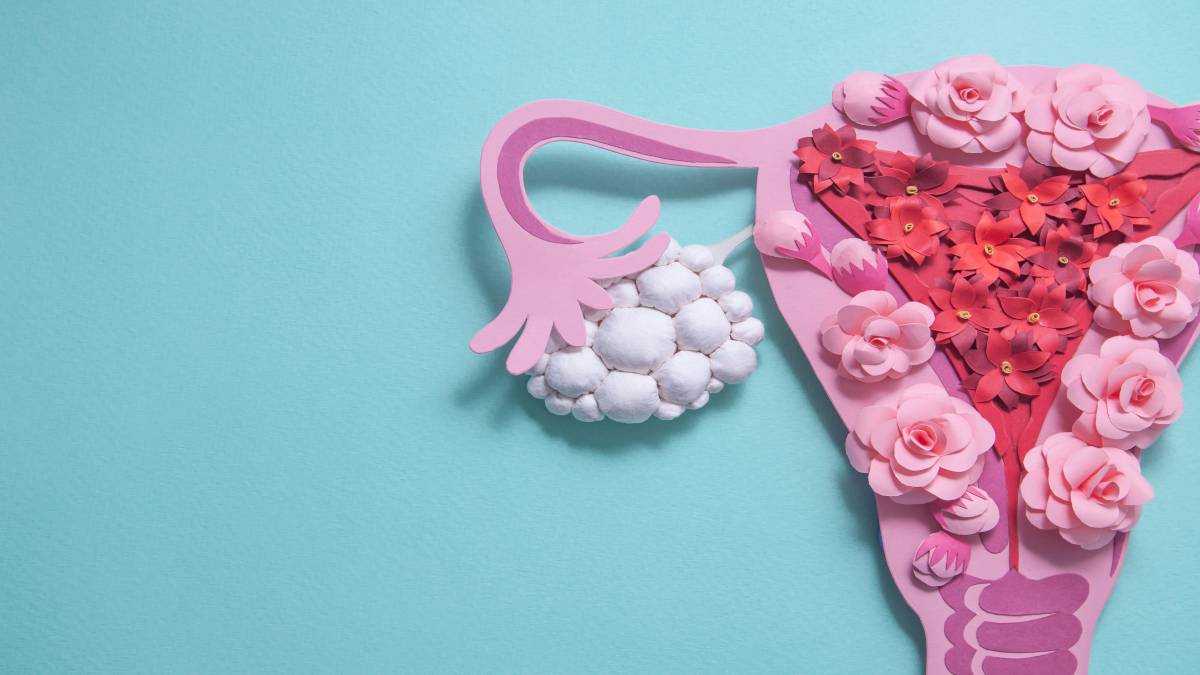Over the past few years, substantial advancements have been made in the egg freezing technique.
As a result, egg freezing is no longer considered experimental and the procedure has grown in popularity and gained mainstream attention.
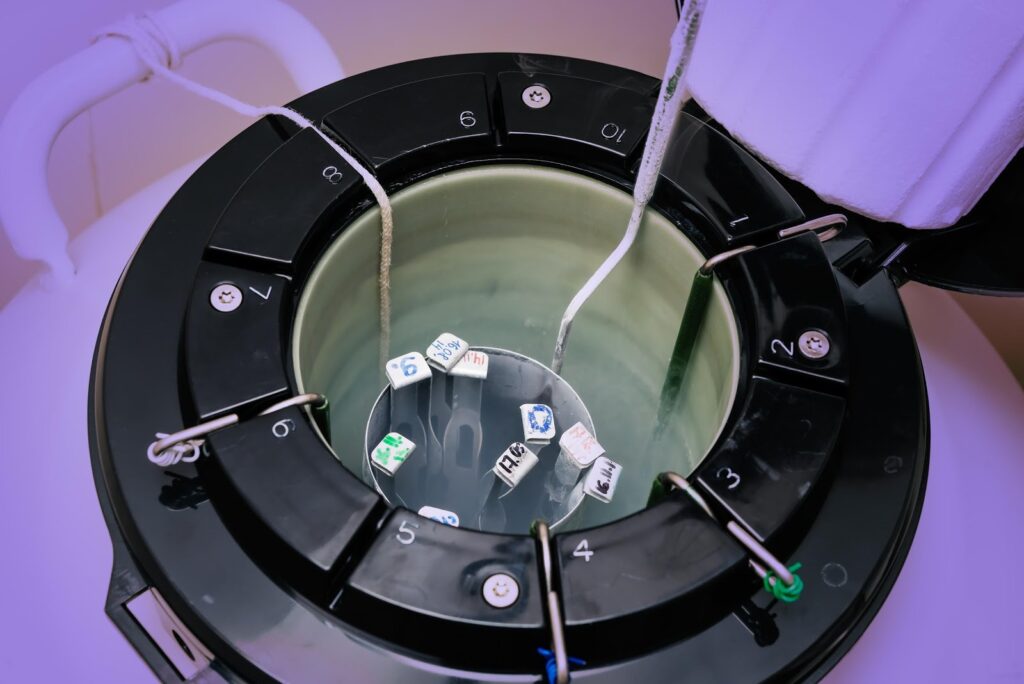
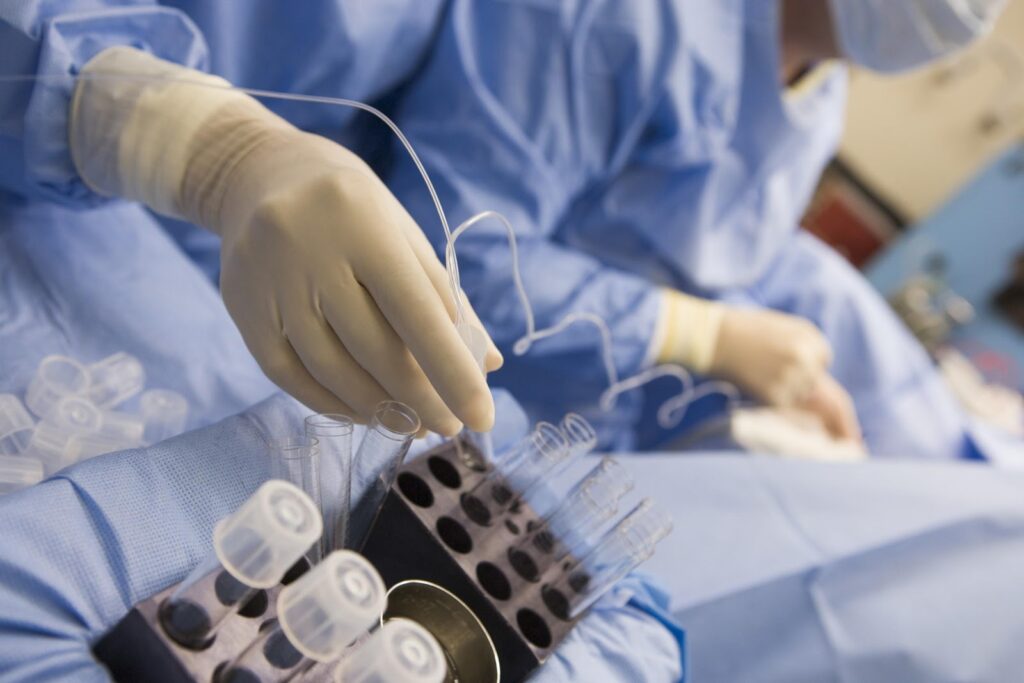
What is Social egg freezing?
When it comes to age-related decline in fertility, the most important factor is the number and quality of eggs that a woman can produce. Social egg freezing is a procedure to store the eggs of a healthy, fertile woman, typically less than 35 years, for her to use later. This allows the woman to postpone fertility/childbearing and still have access to her own eggs from a time that she was younger. The eggs are her own and therefore, the genetic link is maintained.
Why is egg freezing done?
There are various reasons for a woman opting for egg freezing, as given below:
● It is an option for women who want to delay pregnancy for personal reasons. When it is
performed for this reason alone, it is called social egg freezing.
● In the case of cancer, pregnancy may have to be delayed until the condition is stabilized and treated. Also, cancer treatments may result in a reduction or loss of fertility. Eggs can be frozen and used later.
● When undergoing IVF, some people prefer egg freezing to embryo freezing for religious or ethical reasons.
Process of egg freezing
● Fertility drugs and hormone injections are used to stimulate the ovaries to produce multiple eggs.
● The eggs are then harvested and retrieved from the ovaries (Ovum Pick Up or Oocyte Retrieval)
● These are frozen unfertilized and stored for later use. Unlike embryo cryopreservation, egg freezing doesn’t require sperm because the eggs aren’t fertilized before they are frozen.
● The frozen egg can be thawed later, combined with sperm in a lab, and transferred into the uterus by the assisted reproduction or IVF related techniques.
How many eggs should be frozen?
It is challenging to determine the ideal number of oocytes that should be frozen to have at least one child since many factors are involved, including:
● maternal age and health
● ovarian reserve
● reproductive goals
● paternal health
Many clinics recommend banking around 20 eggs, which for most women means going through the procedure more than once.
What are the risks of egg freezing?
● Ovarian hyperstimulation syndrome is an associated medical risk:
○ Mild to moderate condition may result in fatigue, nausea, headache, abdominal pain,
sore breasts
○ In rare severe cases, it results in blood clots, abdominal pain, vomiting and may require
hospitalization. This is rare and happens in less than 1% of cycles.
● There is no guarantee that the frozen eggs will lead to pregnancy:
○ Not all of the eggs may survive the thawing process
○ Some eggs may not fertilize
○ Some may fertilize abnormally
● Emotional risks, as egg freezing can provide hope for a future pregnancy, but there’s no
guarantee for a successful pregnancy.
In terms of birth defects of babies born as a result of egg freezing, research has not shown an increase due to the use of this method and it works just as well as fresh eggs or embryos. However, there is more research required on the safety of egg freezing.
Conclusion
With the advancement of technology, social egg freezing gives women an opportunity to delay childbirth by storing their own eggs to be used in the future. While it is an individual decision, it needs to be thoroughly discussed and consulted with the doctor who can provide balanced guidance on the right method of fertility preservation depending on one’s needs and reproductive history.
Special thanks to Dr. Parikshit Tank (MD DNB FCPS DGO DFP FICOG FRCOG) for the expert advice.



